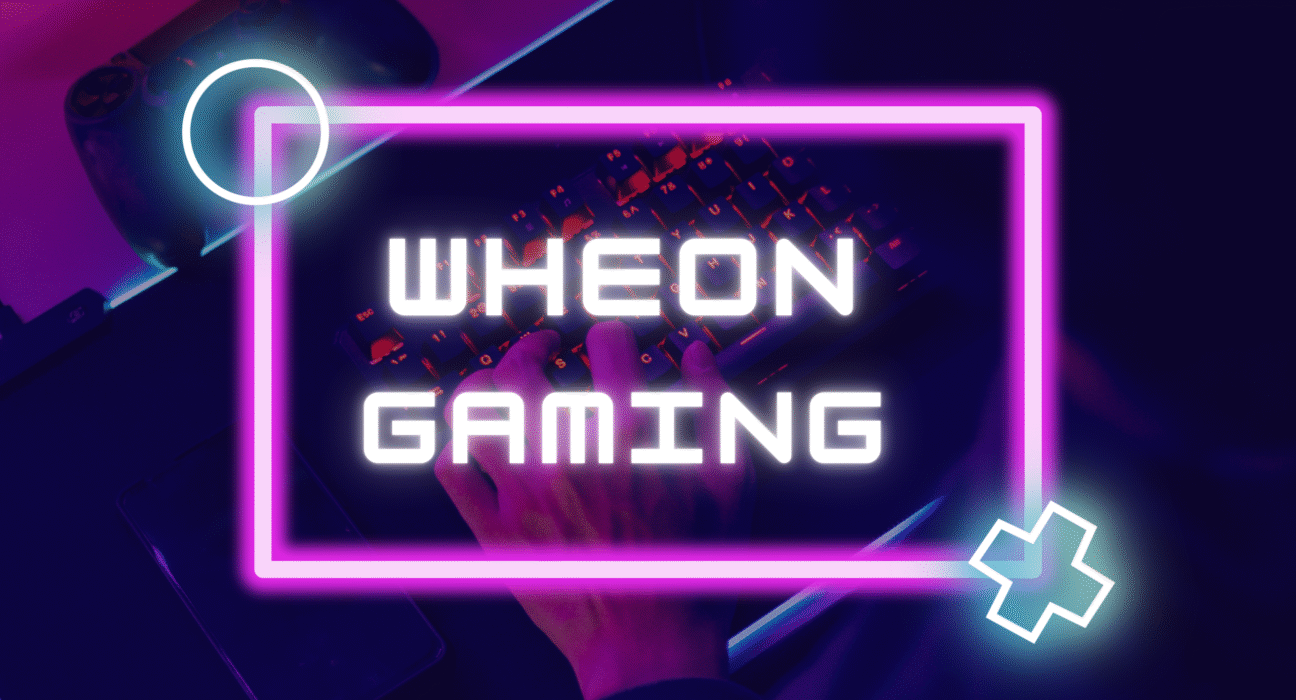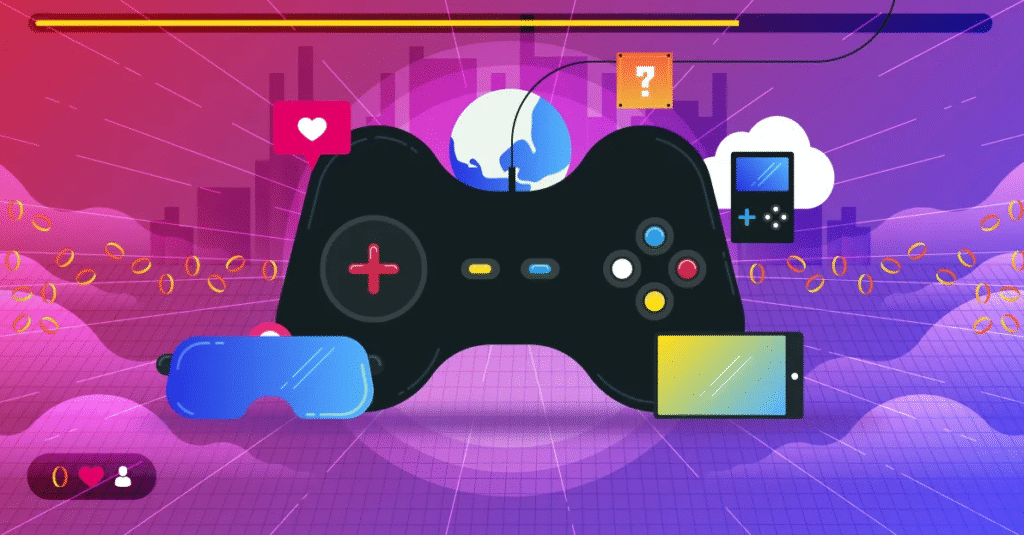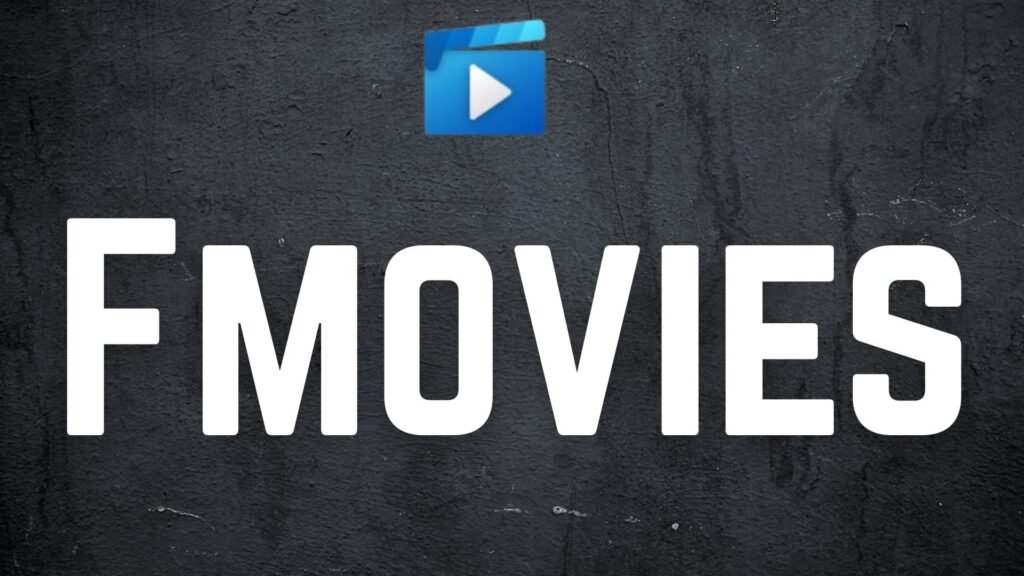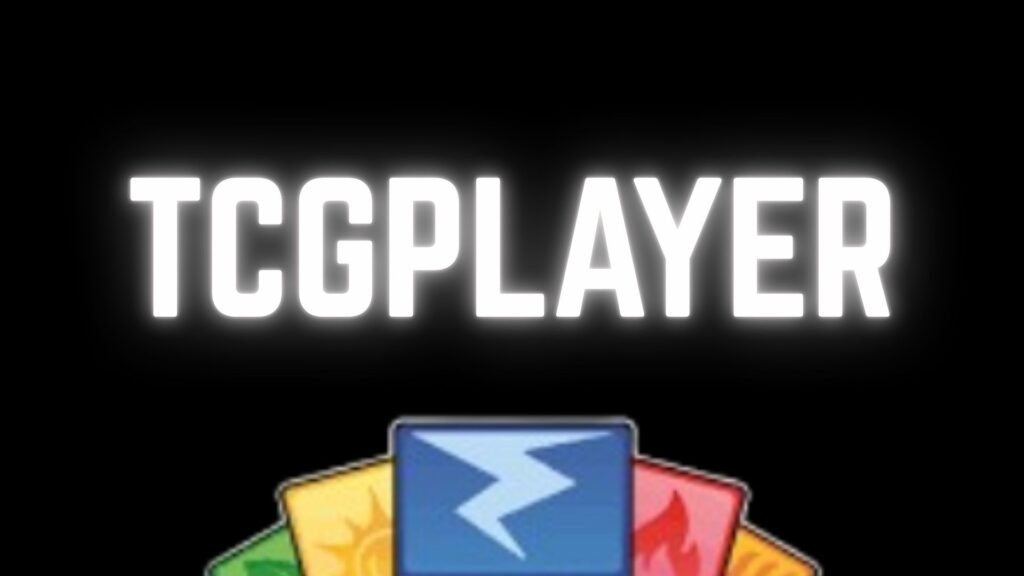Inside Wheon Gaming: How a Niche Platform Became Every Indie Dev’s Best Friend

When you ask an independent game developer what keeps them up at night, you’ll usually hear a chorus of the same worries: discoverability, server costs, and the ever‑moving target of community management. Five years ago, those concerns almost ended the passion project of Anya Salazar, a Colombian solo dev whose pixel‑art roguelike sat invisible on bigger storefronts. Everything changed the week she uploaded a web build to Wheon Gaming. Within 48 hours, a front‑page feature and a cascade of community “boosts” tripled her play‑test numbers and—more importantly—handed her the data she needed to ship a bestselling premium edition. Stories like Salazar’s have multiplied ever since, turning a once‑obscure browser portal into an essential stop on the modern indie pipeline.
Table of Contents
A Brief History of Wheon Gaming
Wheon began life in 2017 when former tech journalist Rahul Wadhwa spun up wheon.com to aggregate cricket minigames for South‑Asian fans. Early traffic proved lightweight, and no‑install titles still had an audience. By 2019 he’d opened a submissions portal for hobbyists just as Flash’s end‑of‑life displaced thousands of browser devs. What started as a side gig snowballed: the platform added edge‑cached hosting, an ad‑sharing program, and, crucially, a “Community Boost” mechanic that let players—not algorithms—decide what surfaced on the home page. By late 2024 Wheon Gaming hosted more than 70,000 playable builds and fielded 12 million monthly active users.
Core Features That Appeal to Indie Developers
Zero‑friction uploads. A drag‑and‑drop interface packages WebGL, Godot, and Construct projects, auto‑detects dependencies, and spins up global hosting, saving fledgling studios hundreds of dollars in CDN fees.
Granular analytics. Beyond page views, Wheon Gaming offers heat maps, session‑length cohorts, and “rage‑quit” markers that flag the exact frame where 5 percent or more of users exit.
Community Boosts. Players earn daily “boost” tokens simply by trying new releases; a single boost can catapult a game onto a 24‑hour discovery carousel, distributing exposure far more evenly than storefronts dominated by mega-publisher’s ad budgets.
First‑party web monetization. Integration with the open Web Monetization API streams micro‑payments per minute of play, letting story‑driven or ad‑averse titles earn in proportion to engagement rather than impressions.

The Technology Stack Demystified
Behind the scenes, containerized build workers on Kubernetes compile uploads inside minimal Alpine Linux images layered for Unity, Godot, or Phaser. Finished builds deploy to a global nginx cluster fronted by Cloudflare Workers that inject lightweight telemetry. On the client side, a progressive‑web‑app shell caches core UI, so the library opens near‑instantly even on patchy mobile networks. Accessibility functions—caption scaling, color-blind palettes, adaptive input prompts—are baked into the launcher, giving teams with zero QA budget inclusive defaults “for free.”
Community‑Driven Discovery and Curation
Tech is only half the story; Wheon Gaming real power is its people. Moderators livestream backlog triage on Twitch, debating whether a walking‑sim needs a content warning or a comedy shooter skirts hate speech. That visible curatorship deters toxicity and teaches creators platform standards long before rejection emails are drafted. Player profiles double as micro‑blogs; embed a 20‑second clip, tag it #unfairbossfights, and it instantly surfaces under that trend. Developers call the feedback loop a substitute for expensive closed betas, and some “power users” have become celebrity evangelists whose deep‑dive threads routinely outrank press coverage jbsagolf.com.
Seasonal Community Sprints supercharge this energy. Each quarter, staff announces a loose theme—cozy survival, retro‑future sports, teal‑and‑magenta jam—and invites submissions. Winners get a cash micro‑grant plus a coveted 14‑day home page banner that reliably converts curiosity into external wish lists.
Monetization without the Middleman
Big storefronts still take a 30 percent cut of gross sales; Wheon Gamingreverses the economics. Developers keep 70 percent of ad revenue after bandwidth costs, but for micro‑payment streams, Wheon Gaming fee is only 5 percent. The blended effective cut averages about 15 percent—an attractive prospect for hobbyists who once uploaded free builds simply to get feedback. Better yet, there’s no minimum payout: even the $12 earned in a quiet first month arrives via PayPal. That micro‑scale friendliness means 42 percent of games receive at least one post‑launch update, far above the industry’s ~18 percent average.
Success Stories – From Dorm Room to Download Hit
Photon Sailors, a procedurally generated laser ballet made for a university capstone, racked up 600,000 browser plays and a nine‑percent click‑through to a $4.99 DLC, grossing $270,000 in eight months. Pebble Wisp, a zen rock‑gardening sandbox, leveraged Wheon Gaming wish‑list widget to funnel 35,000 day‑one Steam purchases when its premium edition launched. And Anya Salazar’s Grave & Glory—the pixel roguelike mentioned earlier—patched a difficulty spike thanks to Wheon Gaming heat‑maps, then landed a console publishing deal, ultimately passing 1.2 million copies sold across platforms.
Challenges and the Road Ahead
When isn’t perfect? Jam prototypes can clutter search, burying polished releases; a 2023 crypto‑scam incident highlighted the risks of open submission, though new manual reviews for flagged titles have since tightened the gate. Looking forward, the team is building a desktop client with cloud saves and offline play—vital for regions with unstable connectivity—and rumors suggest a revenue‑share publishing fund aimed at under‑represented creators. If executed well, those moves could turn Wheon from a launchpad into a full‑blown ecosystem.
Conclusion
Wheon Gaming rise mirrors a broader push toward democratized distribution and transparent curation by stripping away cost barriers and amplifying community voices, the platform transforms a cold marketplace into a living workshop where devs and players iterate together. Whether you’re dropping your first pixel into the wild or running a veteran studio that craves agile feedback loops, Wheon Gaming delivers more than hosting—it offers a handshake, a test audience, and, increasingly, a sustainable paycheck.
Frequently Asked Questions
1. Is Wheon Gaming only for free browser games?
No. Developers often post a trimmed‑down web demo on Wheon to build an audience, then monetize through DLC, Patreon, or external premium releases.
2. How does Wheon handle copyright takedowns?
When it complies with the DMCA and similar laws, rights holders file a claim via the dashboard; access is disabled within 24 hours while the case is reviewed.
3. What engines does Wheon support?
Any engine that exports WebGL or WASM works. Official templates cover Unity, Godot, Phaser, Construct 3, GameMaker, and Love2D, with Unreal 5 pixel‑streaming in closed beta.
4. Are there hidden costs for high‑traffic games?
Bandwidth fees are baked into the revenue share. If a title goes viral, Wheon absorbs the CDN bill; developers still receive the same percentage.
5. Can players transfer cloud saves to other platforms?
Current saves live in local browser storage, but the forthcoming desktop client will sync encrypted accounts, and an API will let devs migrate progress to Steam, Epic, or console versions.











